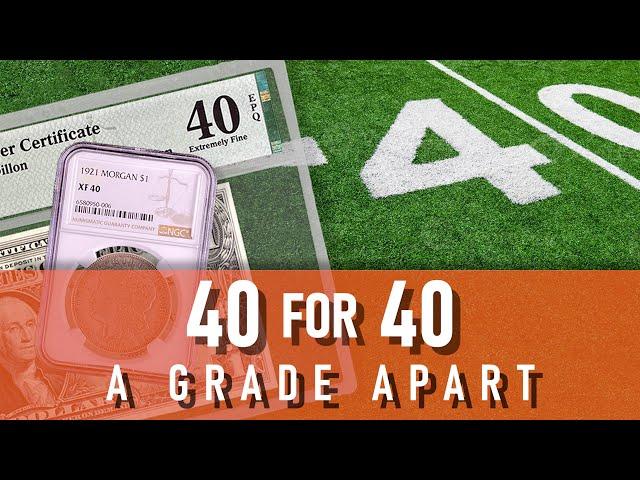
Currency vs. Coin! Grade Difference Between a Morgan & Silver Certificate. #currency #banknotes
Комментарии:
Hulk vs Spidey Alien Alarm | Funny Marvel Animationp #funny
Activ Ashish up72
Setting up our Wood Stove with EXTREME COLD Temperatures while Living in an RV
Off Grid With Gina&Thi
Красивая сборка на шторах #шторы #пошивштор #шторыизбархата #дом #уют
Студия TESENTO шторы на заказ.
CAKRA BAND ALBUM INTERVIEW KAPANLAGIDOTCOM
Hamidi Muslim
ISLOMIY KINOLAR. Fuzayl ibn Iyoz hazratlari. Исломий кинолар. Фузайл ибн Иёз хазратлари.
Ibratulloh Ibroximovich
A ️️Wonderful Design Experience in PPT
Creative Venus


























